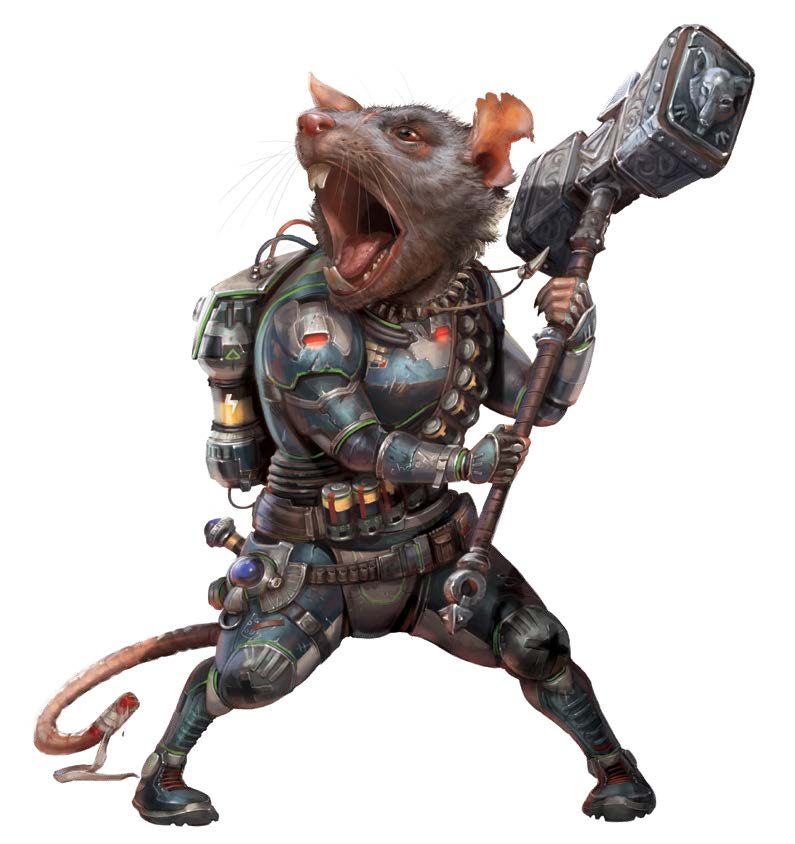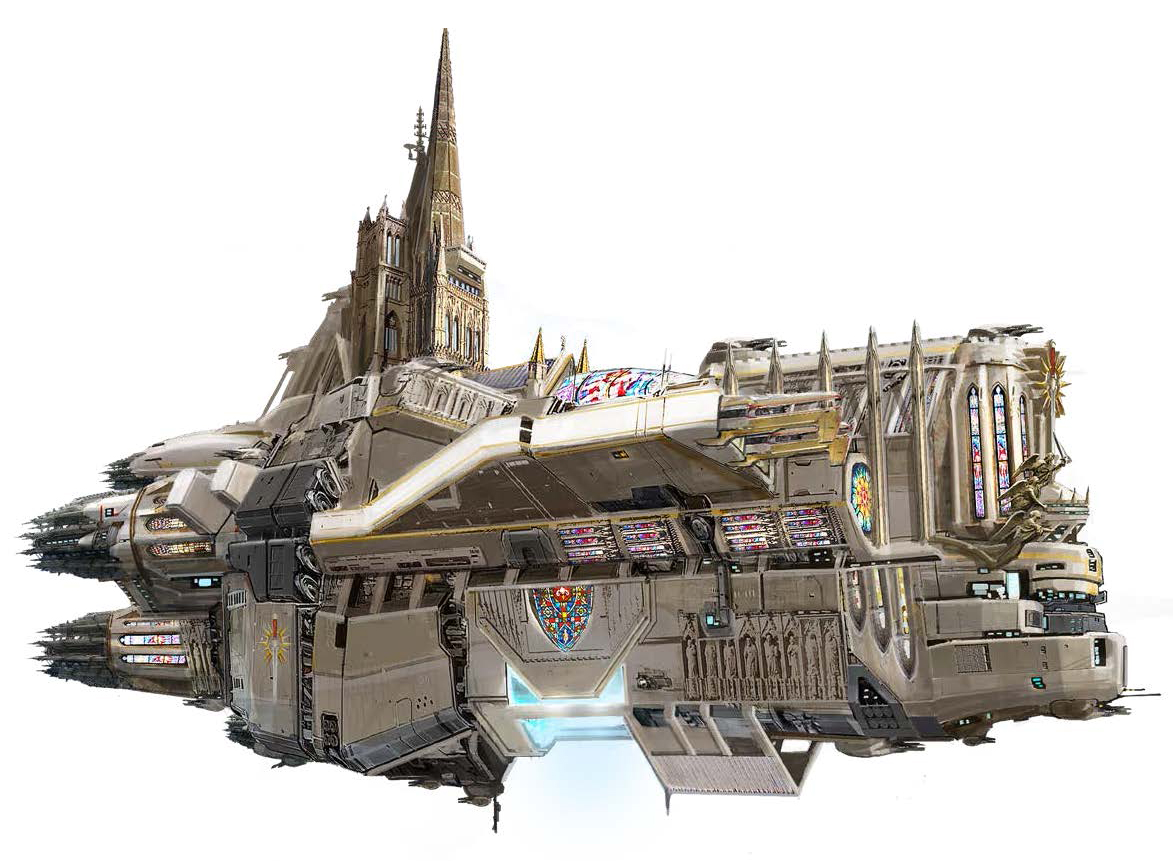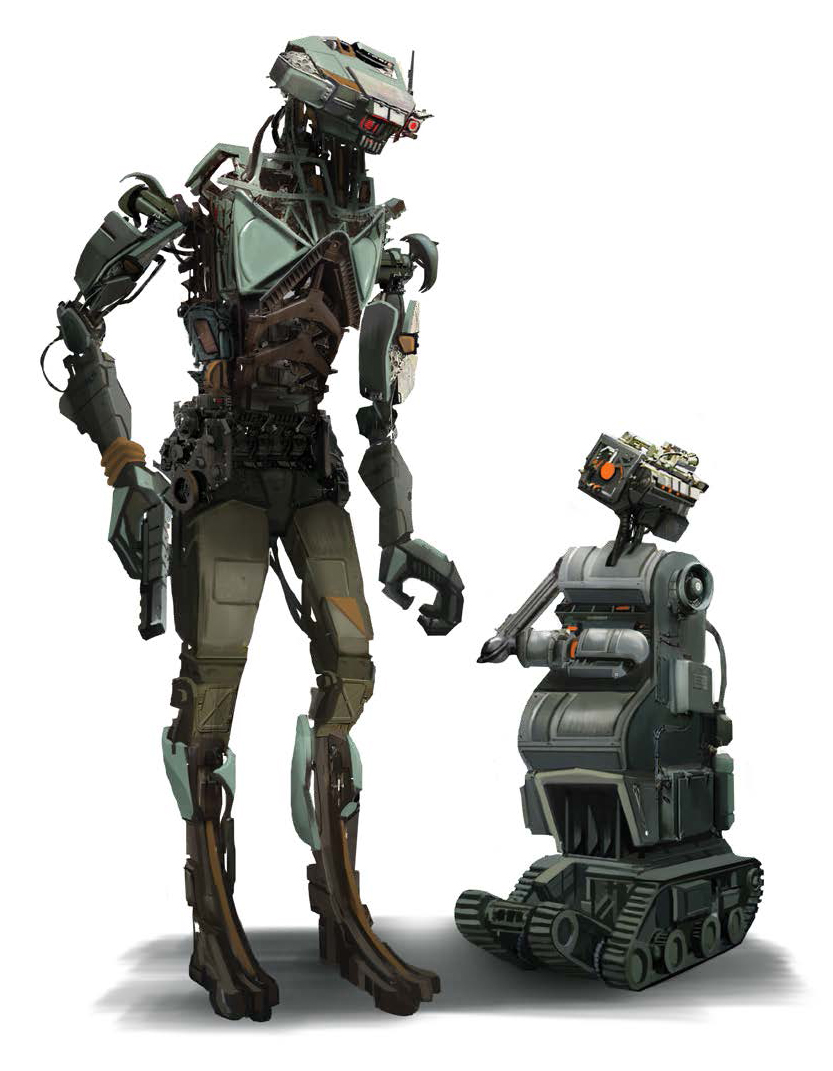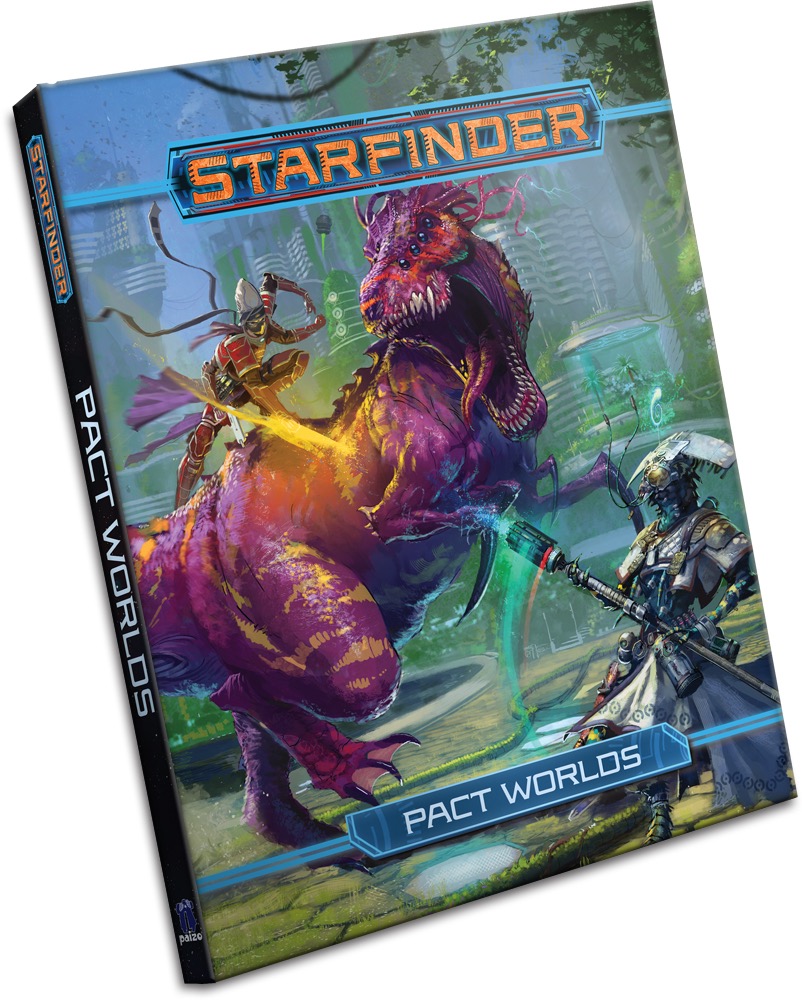If you enjoyed this review make sure to check out our weekly actual play podcast where Jason and the team are playing the Starfinder Dead Sun’s adventure path as well as the occasional Starfinder Society adventure as well.
In the Alien Archive, Paizo decided to kick off its line of Starfinder supplements by looking deep into space and seeing what sort of creepy crawlies lived out in the great unknown. In their newest release, Pact Worlds, Paizo trades the telescope for a microscope and takes a deeper look at the worlds we’re already familiar with from the Core Rulebook.
Now, when I say “worlds” you have to take an expansive view of the word. Yes, you have traditional planets like Castrovel: fairly close to Earth-like, if a little hot and jungle-y. On the other hand, you also have planets that play around with planetary physics, such as Verces (doesn’t rotate, so it has a day side, a night side, and a thin habitable strip in the middle) or Triaxus (goes around the sun so slowly that seasons last centuries). It’s also got things that don’t count as planets at all – Absalom Station ought to be pretty well-known to even a passing Starfinder fan, the Diaspora is a series of colonies out in an asteroid belt, Idari is a space-ship that has been recognized as a planet, and ohbytheway, there’s a series of magically-protected bubble-cities inside the Sun itself. There’s a lot of different and surprising concepts – 14 in all.
Logistically, the book is organized into four major sections, though the real meat of the book is in the first and last parts.

The first, and largest, section is the information on the Pact Worlds themselves. If you like, think of it as Chapter 12 (“Setting”) of the Core Rulebook on steroids. Each of the 1-2 page planetary summaries from the Core Rulebook is expanded to a more fully fleshed-out description of each world. These generally include information on geography (including full-page maps of each), how society is structured, who their friends and foes are, plus a summary of various people and places of interest.
At its simplest level, it’s just a lore-dump, but what it really gives you framework on which the enterprising GM can build his or her own stories. Need a gladiator pit? Akiton has you covered. Want a story involving space pirates? Welcome to the Diaspora. Or, when in doubt, you can always send them to Eox and see what sort of shenanigans Zo! can inflict on them. (Think of Zo! – and yes, the exclamation mark is part of his name – as the undead version of Ryan Seacrest). A brief bone is thrown to players in the form of a planet-specific character theme for each world (to pick a few examples, the Diaspora gets the Space Pirate; the undead world of Eox gets the Deathtouched) but this part of the book is mostly for the GMs.

The players get theirs in the final chapter of the book. Gear, spells, feats… there are some of each, but they’re really the appetizers here. The big additions are six new archetypes (the core rulebook only had two) and six new playable races. I suspect the one that’s going to be a fan favorite is the SROs (“Sentient Robotic Organisms”) which are exactly what they sound like – robot PCs. If you want to play as HK-47 from Knights of the Old Republic… Paizo’s got your back, meatbag.
The middle two sections are smaller and a little more specialized in nature. Chapter 2 offers a selection of various faction-specific spaceships. To pick a couple examples, Hellknight vessels (you may remember them from Pathfinder) are heavily armored and full of jagged edges and pointy bits, while Xenowarden vessels incorporate living plant material into the ship design. Chapter 3, on the other hand, lays out NPC generics – cultists, mercenaries, street gangs – in case your campaign needs some extra cannon fodder. These seem useful in the right situations but might not make it into every campaign.

So that’s the nuts and bolts of the book. The real question is: is it something your gaming table really needs? I’ll put it this way – I think anyone can enjoy it, but where it’s really going to shine is for the GM who homebrews his own stories – groups that predominantly play adventure paths may not get as much out of it. If you’re sticking to adventure paths… OK, it deepens the lore a little and gives you a few more character options, but there might be a fair amount of overlap between the lore available in Pact Worlds and the lore in any given AP. But if you’re looking to make your own adventures, this thing is an idea factory and it’s probably worth having at hand – it’s almost impossible to read all the world lore and not have some sort of storytelling gears start turning in your head.

